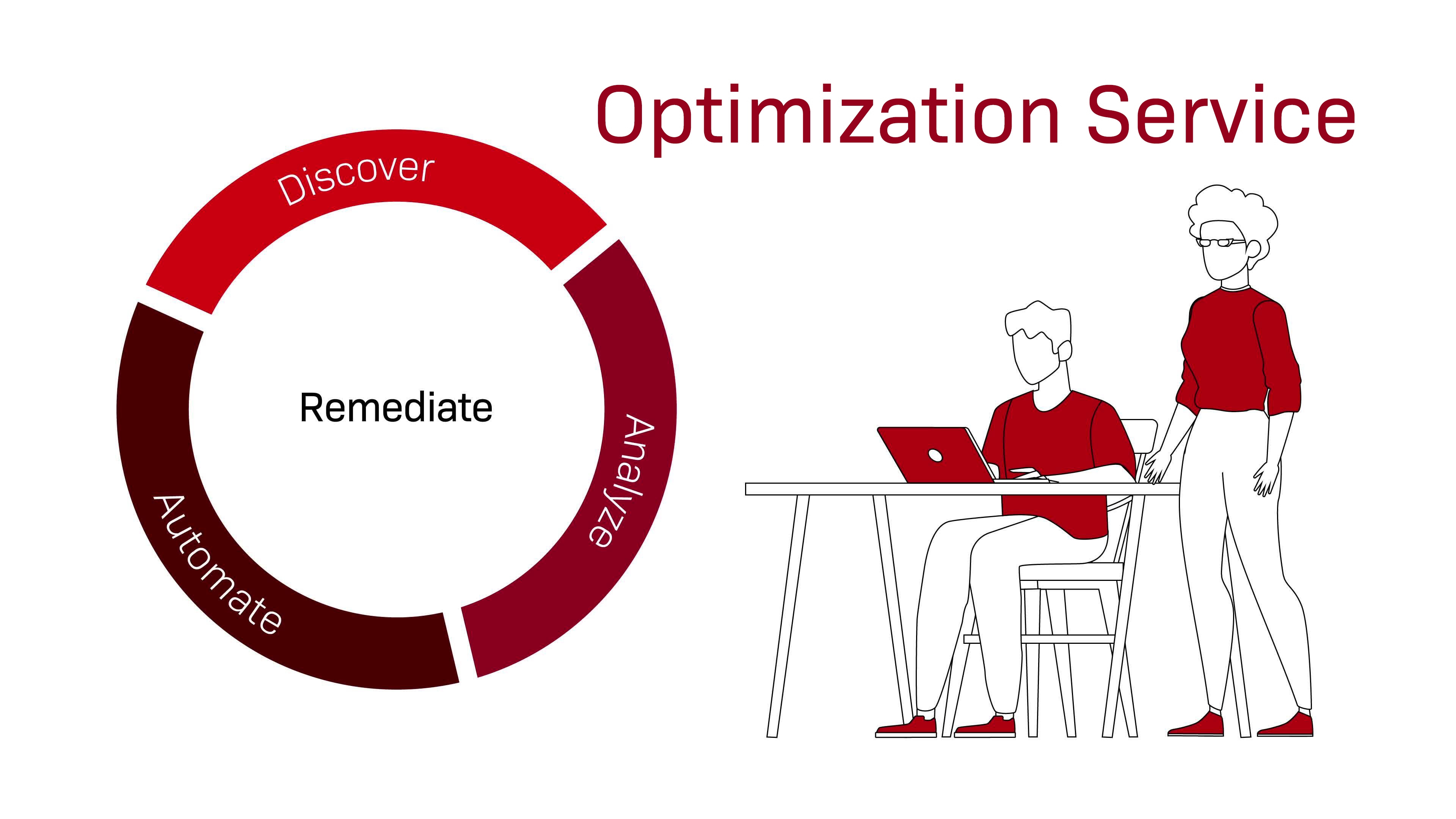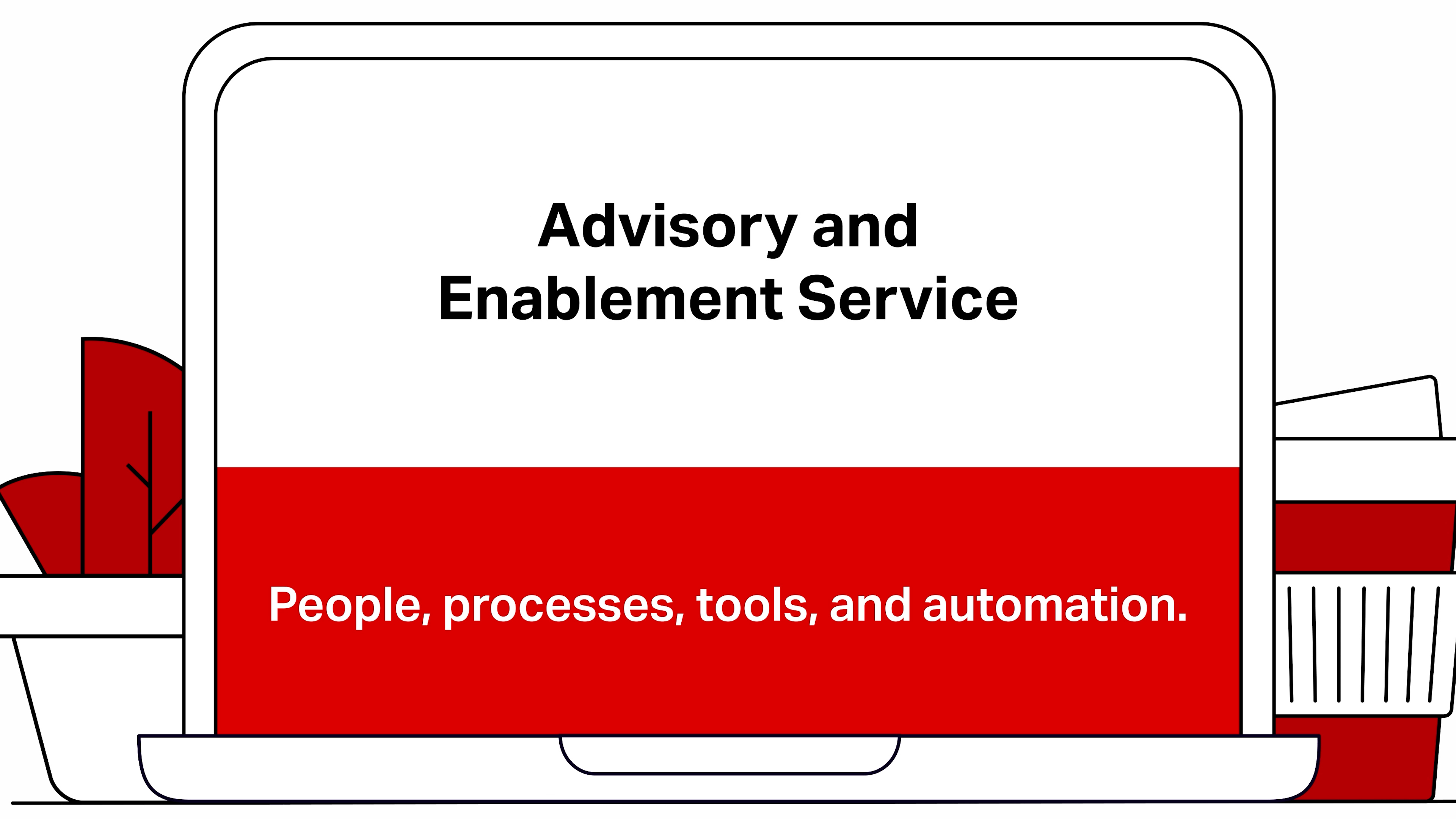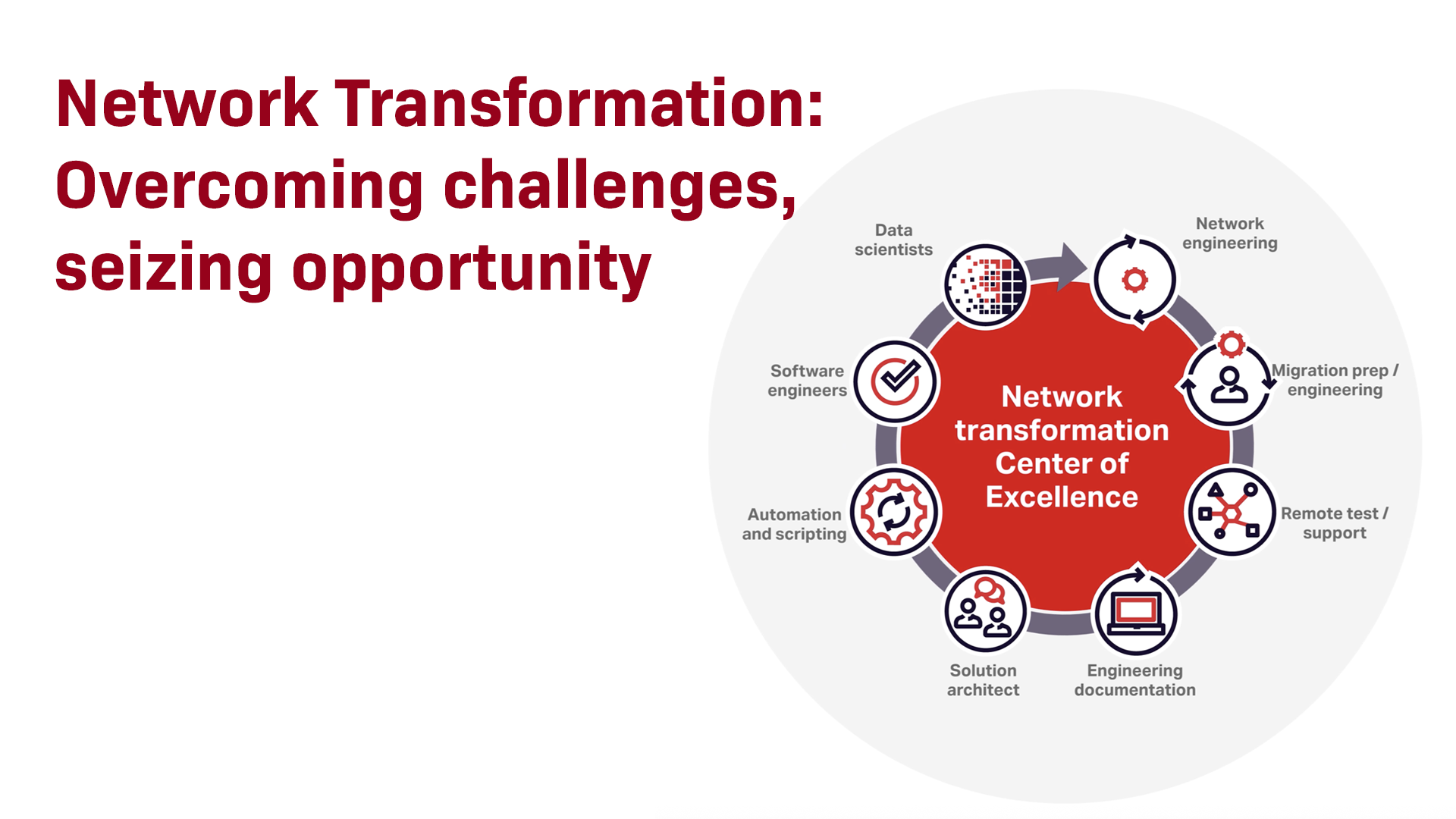For network operators, modernization is the path to webscale
 Christopher Antlitz is a Principal Analyst for the Telecom Practice at Technology Business Research (TBR). Chris covers the global telecom vendor and operator ecosystem and all major trends in the space including, but not limited to, developments in NFV, SDN, edge compute, digital transformation, IoT and 5G. Chris also covers the webscale market, particularly the pursuits of the “Super 7” webscale companies.
Christopher Antlitz is a Principal Analyst for the Telecom Practice at Technology Business Research (TBR). Chris covers the global telecom vendor and operator ecosystem and all major trends in the space including, but not limited to, developments in NFV, SDN, edge compute, digital transformation, IoT and 5G. Chris also covers the webscale market, particularly the pursuits of the “Super 7” webscale companies.
Network operators across the telecom industry are currently immersed in modernization initiatives. The industry is past the early adopter phase and is making important progress, but there is still a lot of work to be done for these operators to achieve the true end state that modernization offers: the capability and flexibility to operate at webscale.
Characterizing modernization as a journey to webscale is pertinent, in my opinion, because companies that excel in this context have implemented next-generation infrastructure in their network environments and have evolved their operations model. This ultimately makes network operators more adept at using data to deliver better business outcomes: they are monetizing data to generate revenues and they are using data to improve their internal business operations and processes.
This is clear to me, based on the modernization activities I’ve observed, first-hand, in my work as a principal analyst for telecom at Technology Business Research. I’d like to use this blog to highlight how network operators are applying technology and changing their corporate cultures to make modernization work.
Case Study #1: An Open, Software-Centric Network
Forward-thinking network operators are modernizing their systems to become more open, software-centric, and virtualized as they pursue webscale agility.
One network operator, for example, has been virtualizing its network edge so it can have a more customized system that is easier to automate. The approach decouples hardware from software and uses open, multi-purpose equipment instead of closed, proprietary equipment, which improves network flexibility and reduces infrastructure costs. The company is offering a similar approach for its business customers with a network virtualization solution that runs on universal customer premise equipment (uCPE). With this solution, business customers do not have to buy stacks of vendor-specific, single-purpose hardware for individual routers, firewalls, and wide-area network (WAN) connections. Instead, businesses can install multiple network functions virtually on a single device. This enables business customers to deploy the infrastructure quickly and scale services rapidly and on-demand.
Case Study #2: A Versatile Fiber Architecture that Reaches the Network Edge
Another network operator is transforming its infrastructure with a fiber architecture that goes right to the network edge to improve scalability, efficiencies, and operations across all its networks. The company is building a common fiber platform for wireline, wireless, and business services. The common architecture will enable the operator to share physical locations for its wireline and wireless facilities, dramatically improving system efficiency and extending fiber closer to customers. Using this fiber architecture will enable the operator to deliver fiber-to-the-premises to more customers and deploy small cells throughout its wireless service areas in a much more cost-effective manner.
The operator began this modernization initiative by migrating its TDM network to a packet-based network, that also provides end-to-end IP and Ethernet connectivity. The new infrastructure enables the company to deliver the best-possible system performance and support new services where it wasn’t possible before. The versatility of its fiber platform, combined with extending fiber to the edge of the network, will give the company more flexibility to meet increasingly demanding customer needs. Also, importantly, the company will be able to use a common core infrastructure for all services.
Modernization Depends on a Culture of Change
Modernization is not easy for any company. The challenge is not strictly a technology one: In many ways the challenge is cultural. Therefore, as operators evolve away from their siloed technologies, they must also evolve away from similarly siloed operational mindsets that have become embedded in corporate culture over the years.
To lay the groundwork for modernization, companies must gain acceptance across their organizations for their strategies. The motivation for disruption should come straight from top management, who must evangelize their vision and thinking company-wide. Successful operators understand the importance of a willing corporate culture and will enlist their management to nurture this support. As executives advocate for more open, versatile architectures within their companies, they should also evangelize this culture change thinking across their companies.
Successful operators understand the importance of a willing corporate culture and will enlist their management to nurture this support.
Filling Essential Gaps via Professional Services
For many organizations, modernization is not a choice, it is a necessity because legacy technologies, processes and protocols are not sustainable. Spare parts are difficult to obtain, and today’s workforce is generally lacking in the skills related to older networking technologies. To make matters worse, there is also a major shortage of technical personnel who have the software engineering, data science, and analytics skills needed for modern networks. Companies are struggling to train their workers and find new talent to take on these roles.
Fortunately, operators can lean on their strategic partners for professional services to fill these gaps. Professional services are particularly beneficial when making the shift to software-driven networks, which will simplify service introduction but can be complex to implement. Operators are asking their professional services partners to bring in people who can build these more agile solutions and even develop applications that make use of data analytics and insights.
Depending on the operator’s need for support, professional services consultants and technology specialists can step in to help with any stage in the modernization life cycle, from initial technology and business case evaluations through planning and implementation to full deployment. Professional services teams can even train company staff in how to work with the new infrastructure.
Look for firms whose consultants can audit your existing network infrastructure and determine the desired modernization “end state” based your company’s market imperatives, technical and financial requirements.
Look for a Trusted Services Partner
Choosing the right resources is the most critical step in getting started on the modernization journey, and operators must take care to get this right.
The best network modernization partners offer a deep understanding of the communications industry and bring a full range of services to their engagements. Look for firms whose consultants can audit your existing network infrastructure and determine the desired modernization “end state” based your company’s market imperatives, technical and financial requirements. The best partners can also assume full responsibility for analysis, planning, designing, deploying, commissioning, and testing infrastructure to ensure the new system is adaptive and can scale to handle future services. A modernized network should also automate key processes to reduce manual work so you can bring new services to market faster.
To find a trusted partner who meets your specific needs, make sure the vendors you’re considering can “walk the talk.” Ask them to demonstrate competency by showing how transformations they’ve undertaken have improved business outcomes. Ask about problems they’ve encountered on projects, and how they’ve used lessons learned from those experiences to improve services and processes. Make sure they can develop a case for modernization that your management will be eager to evangelize. And make sure they have a track record implementing webscale systems that guarantee operational and service flexibility. Webscale is the future, and a qualified, experienced professional services organization can take you there. With a trusted partner you will be able to complete your modernization journey successfully, smoothly, faster, and with less risk.









